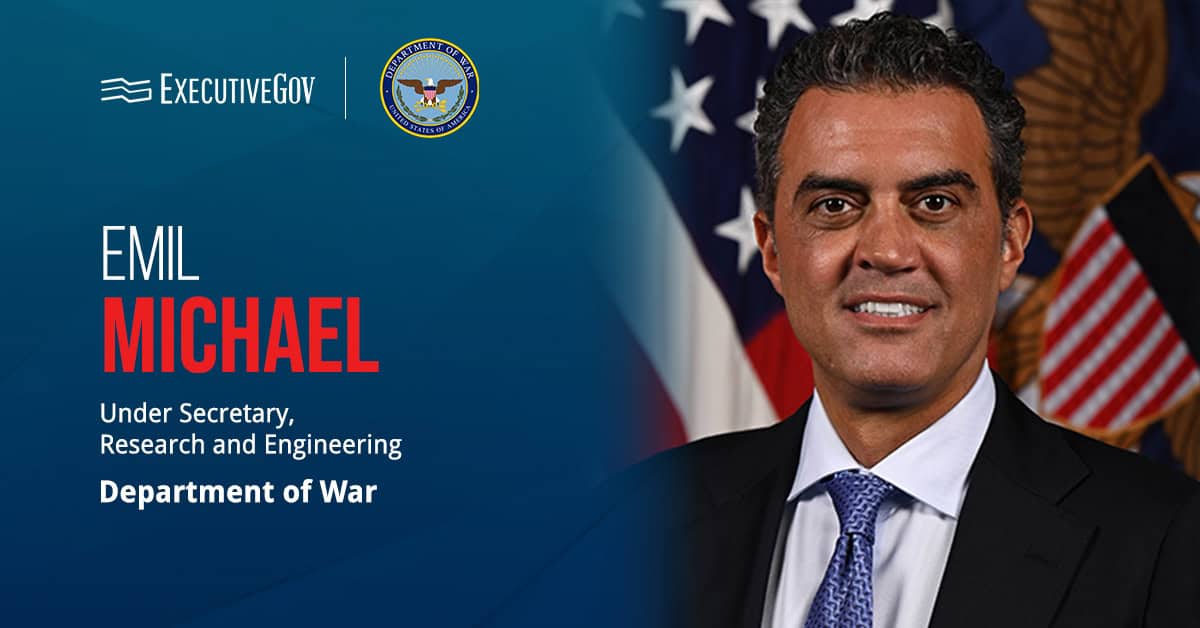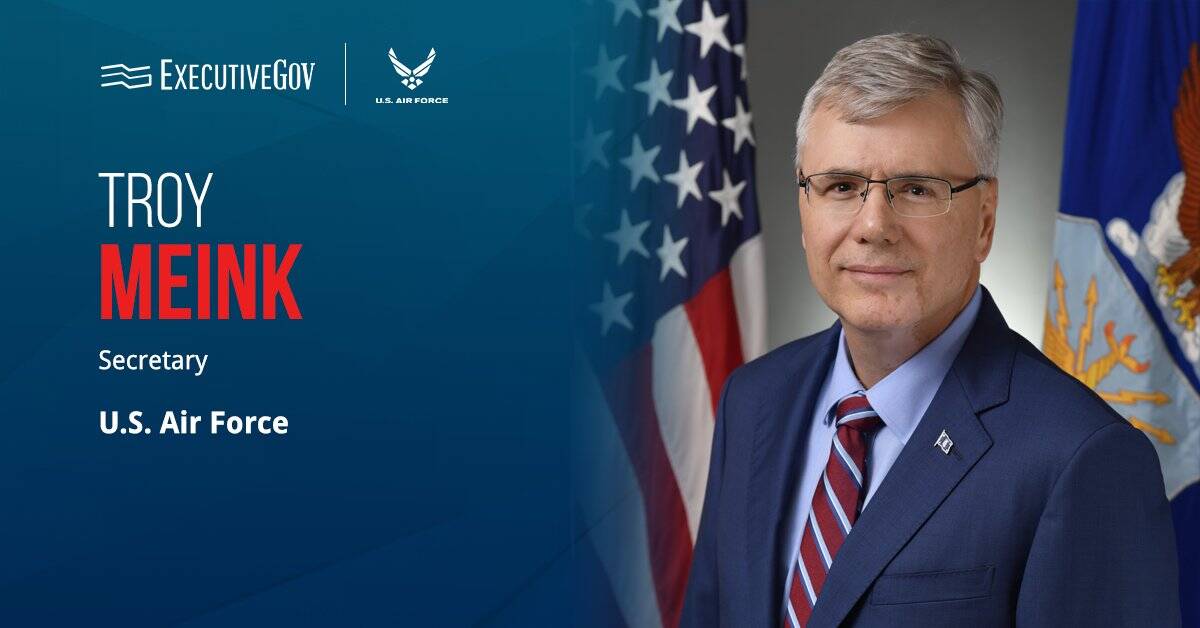 Maj. David Allvin, vice director for strategy, plans and policy for the joint staff, has been promoted to director of his unit.
Maj. David Allvin, vice director for strategy, plans and policy for the joint staff, has been promoted to director of his unit.He holds over 30 years of military experience, having contributed leadership and pilot work across his Air Force career. Allvin had enacted various joint staff assignments encompassing the areas of organizational policy and air training. The U.S. Air Force serviceman will also serve as a senior member of the United Nations’ Military Staff Committee, the Defense Department said Thursday.
Currently, Allvin leads direction, planning and policy supervision to implement the National Military Strategy; and assists the Joint Chiefs of Staff on military matters for the president and other national security leaders.





